Barley Grass
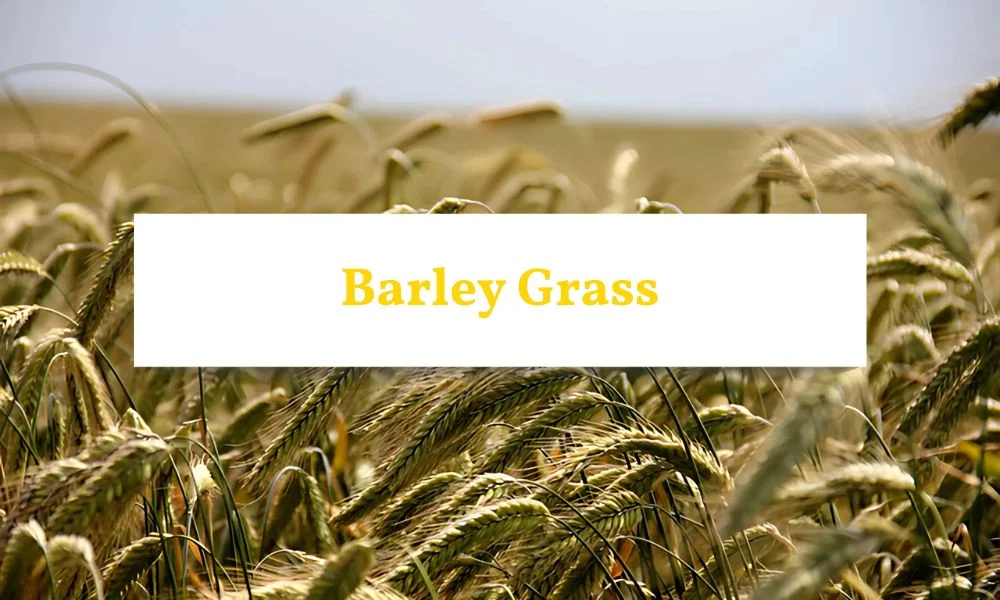
What Is Barley Grass?
Barley grass is a fast-growing annual weed that pops up in lawns, gardens, pastures, and crop paddocks across Australia. You can spot it by its pale green, narrow leaves and its long, spiky seed heads. Barley grass grows quickly after autumn rain and can reach up to 45 centimetres tall. While it can provide early feed for stock, it soon becomes a problem, especially when the sharp seeds start to spread.
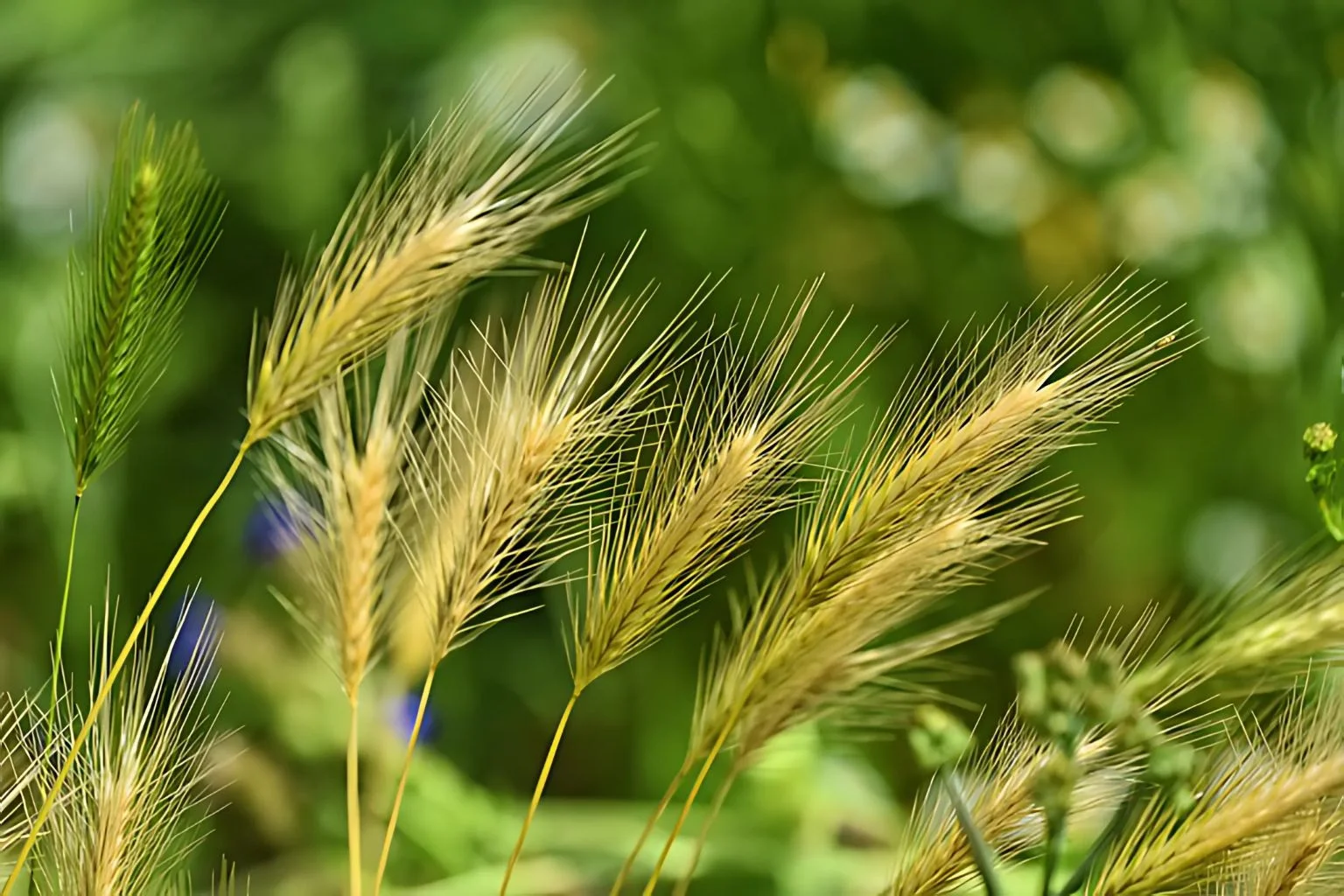
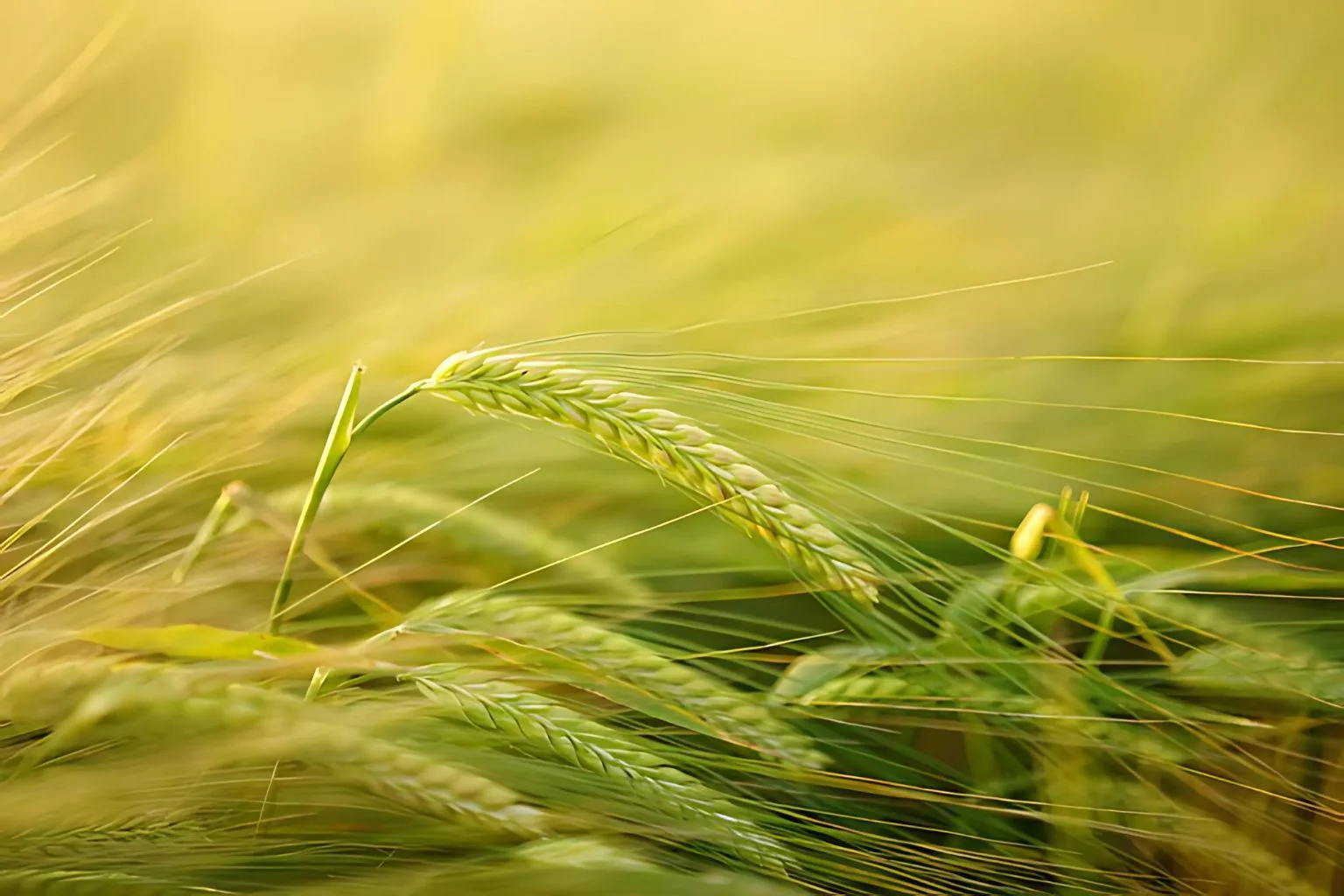
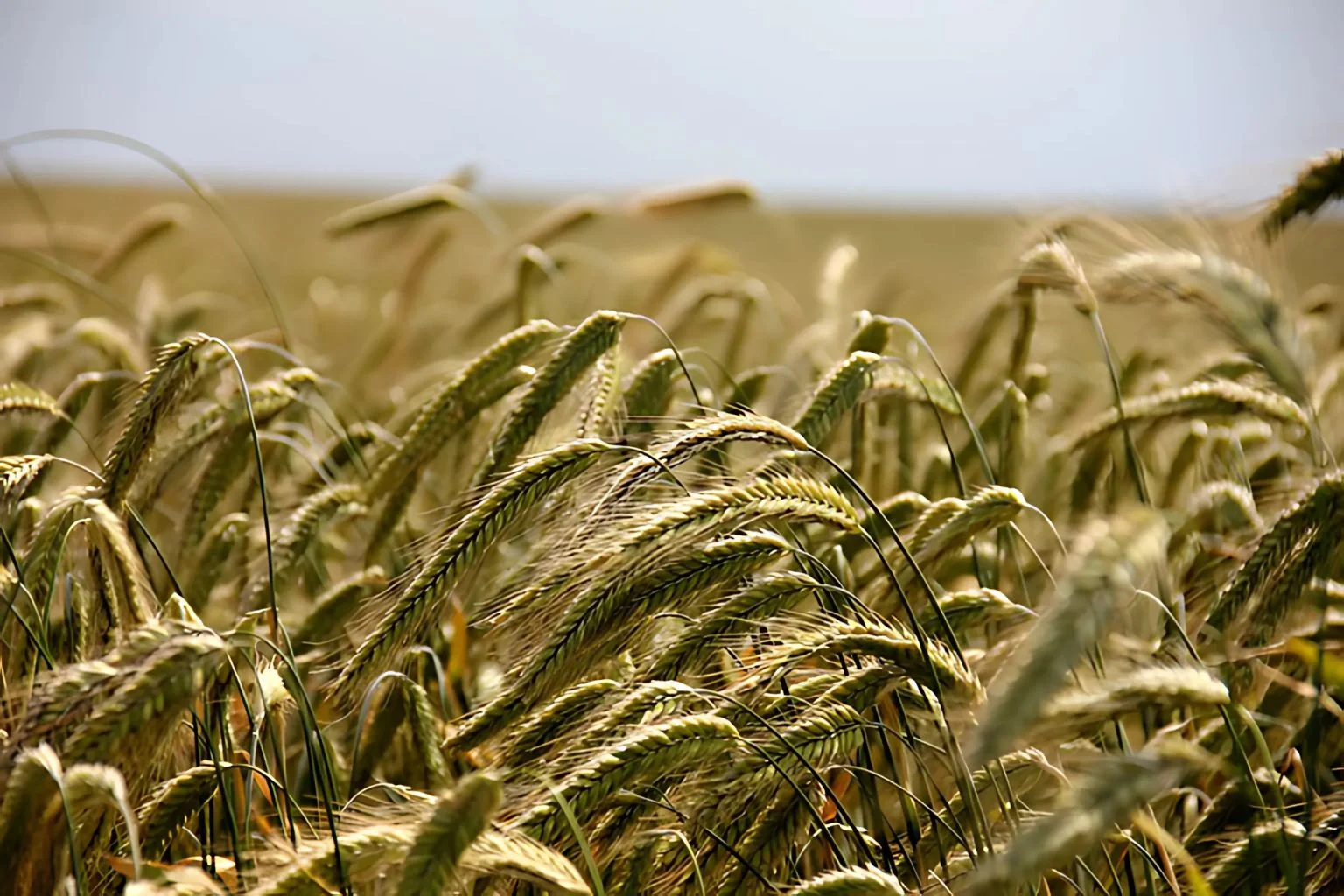
Why Is It A Problem?
Barley grass competes with your lawn, pasture, or crops for water, nutrients, and sunlight. Its sharp seeds can get stuck in pets’ fur, livestock mouths, and even in machinery tyres. In paddocks, barley grass can lower feed quality and cause health issues for sheep and cattle. It also acts as a host for crop diseases and can become resistant to some herbicides if not managed well.
How to Identify Barley Grass
Barley grass is a common and troublesome weed found in pastures, lawns, and along roadsides. It grows quickly and can cause issues for animals, machinery, and other plants. Here’s how to spot it early and keep it under control:
Leaves
Barley grass leaves are light green, narrow (about 1.5–2 mm wide), and can grow up to 20 cm long. They often twist slightly as they grow and may show signs of frost damage. You’ll also notice soft hairs and a pointed tip.
Auricles
At the base of each leaf, look for small, ear-like flaps called auricles. These are a key feature and help tell barley grass apart from other grasses.
Seedlings
After autumn rain, barley grass seeds germinate quickly. You might still see bits of seed attached to the roots, often with long, sharp awns sticking out.
Seed Heads
The seed head looks like a long, narrow spike and breaks into sharp, bristly pieces when it’s ripe. These seeds can stick to animals, clothing, or machinery.
Growth Habit
Barley grass grows in dense clumps and can reach around 45 cm tall. It spreads out and competes strongly with nearby plants.
Effective Methods
Barley grass can quickly take over lawns, pastures, and garden beds if left alone. Its sharp seeds are not only uncomfortable for animals and people but can also spread fast. Luckily, with the right steps, like using Barley Grass Weed Control, you can keep it under control and stop it from coming back.
Act Early
To begin with, try Barley Grass Weed Control as soon as you spot young seedlings after the autumn rain. At this stage, they’re much easier to manage before the seeds harden and become sharp.
Encourage Thick, Healthy Grass
Next, focus on growing thick, healthy grass. When your lawn or pasture is full and strong, it leaves less space for weeds like barley grass to grow. So, remember to fertilise, water, and mow or graze often to keep it dense.
Hand Pull Small Patches
If you see just a few clumps, go ahead and pull them out by hand. It works best when the soil is damp. Just make sure to remove the whole root to stop it coming back.
Use Mulch in Gardens
In garden beds, mulch is a great help. It blocks sunlight, which keeps barley grass seeds from growing. Plus, it helps your other plants stay healthy by keeping moisture in the soil.
Try Selective Herbicides
Finally, for bigger problems, you can use a selective herbicide made to target grassy weeds. Be sure to follow the label and spray when the plants are still young and growing fast. For better results, switch between different herbicides each year to help prevent resistance.







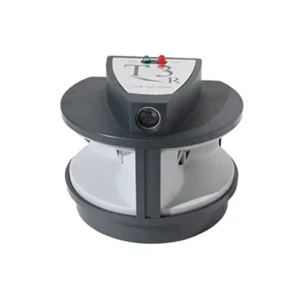

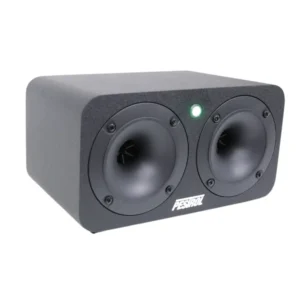
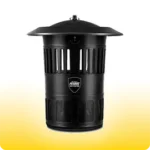 Mosquito Traps
Mosquito Traps